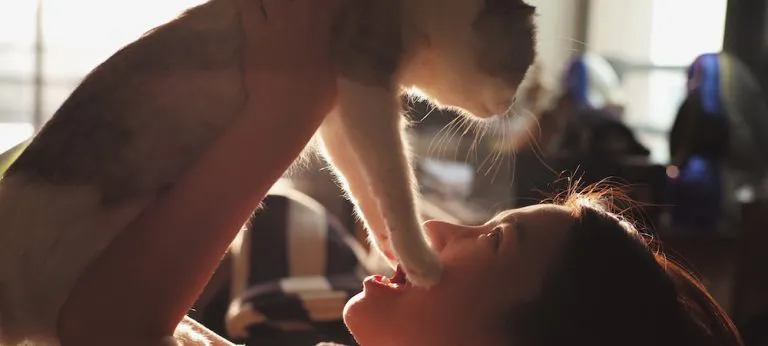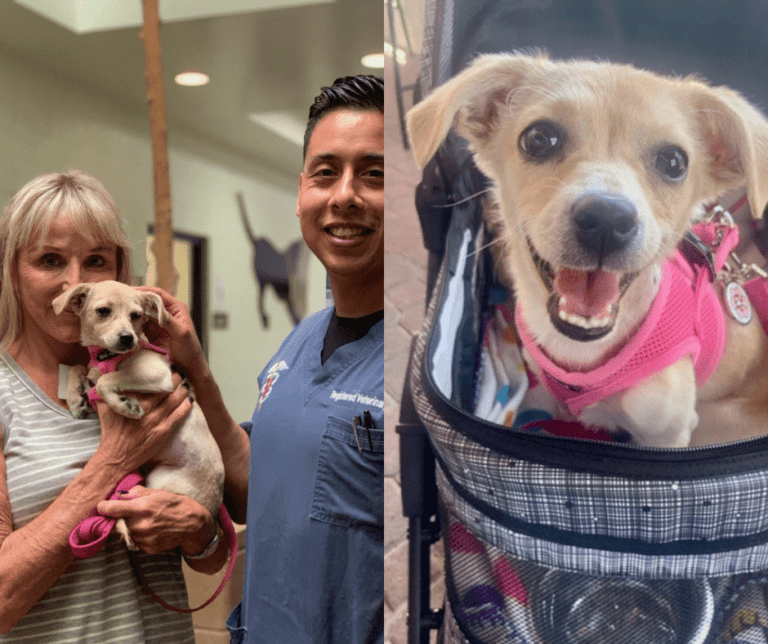How to Bond With Your Cat

Cats can be picky about who they consider a friend. And as their owners, we want nothing more than to cuddle them and play with them. How do you go about doing that with a standoffish feline? Here’s how to bond with your cat!
Give Your Cat Their Own Space
When you first meet a cat or bring them home, you need to take it slow and give them plenty of space. While you may be tempted to immediately pick them up and snuggle them, your cat may have other plans. A great way to make your cat feel more secure in your home is to give them a space they can call their own. A cat cave or even just a cardboard box with a cut-out entrance and exit will do the trick.
Try to Maintain Some Consistency
Cats tend to take comfort in consistency and are creatures of habit. It’s difficult for them to adjust to a new environment where there are plenty of new sights, smells and even tastes. You can help ease your kitty’s transition into a new home by maintaining consistency as much as possible. Keep your cat on the same food they ate at the shelter or rescue so that they don’t have to adjust to a new diet. You can always switch them to a new food later when they are more settled in.
Let Them Initiate Bonding
Let your cat decide when they’re ready to bond. Some cats are ready to get to know you immediately while other kitties may take several weeks to initiate any kind of interaction. Here are some signs your cat is ready to start bonding:
- Kneading
- Bunting (rubbing you with their forehead)
- Purring
- Sitting near you or on you
Recognize When to Take a Step Back
Also key to building a strong rapport with your cat is knowing when to back off. If you keep trying to initiate contact with a contact with a cat who doesn’t want to interact, you risk bonding setbacks. Signs that your kitty doesn’t want to interact include:
- Twitching tail
- Flattened ears
- Dilated pupils
- Purring
Yes, purring is sometimes a sign that you need to back off. While sometimes purring means that your cat is happy, it can also mean that your cat needs their space. Cats use purring as a self-soothing mechanism so if you notice your cat’s purring is accompanied with other signs of agitation, such as flattened ears, keep your distance.
Encourage Your Cat to Come to You
While you shouldn’t force interaction between you and your cat, there are things you can do to help facilitate it. We highly recommend offering treats to your cat. First try offering them in an outstretched hand. If your cat seems interested, settle some treats in your lap. That might be all it takes to have your cat sit in your lap! Another trick to initiating contact is playing with a hands-off toy such as a laser pointer. This way your cat associates your presence in a room with the positive emotion of having fun.
Expect Setbacks
Bonding with your cat won’t happen immediately so you have to be patient. Expect setbacks and stay positive. In no time, you and your cat will be best friends!



